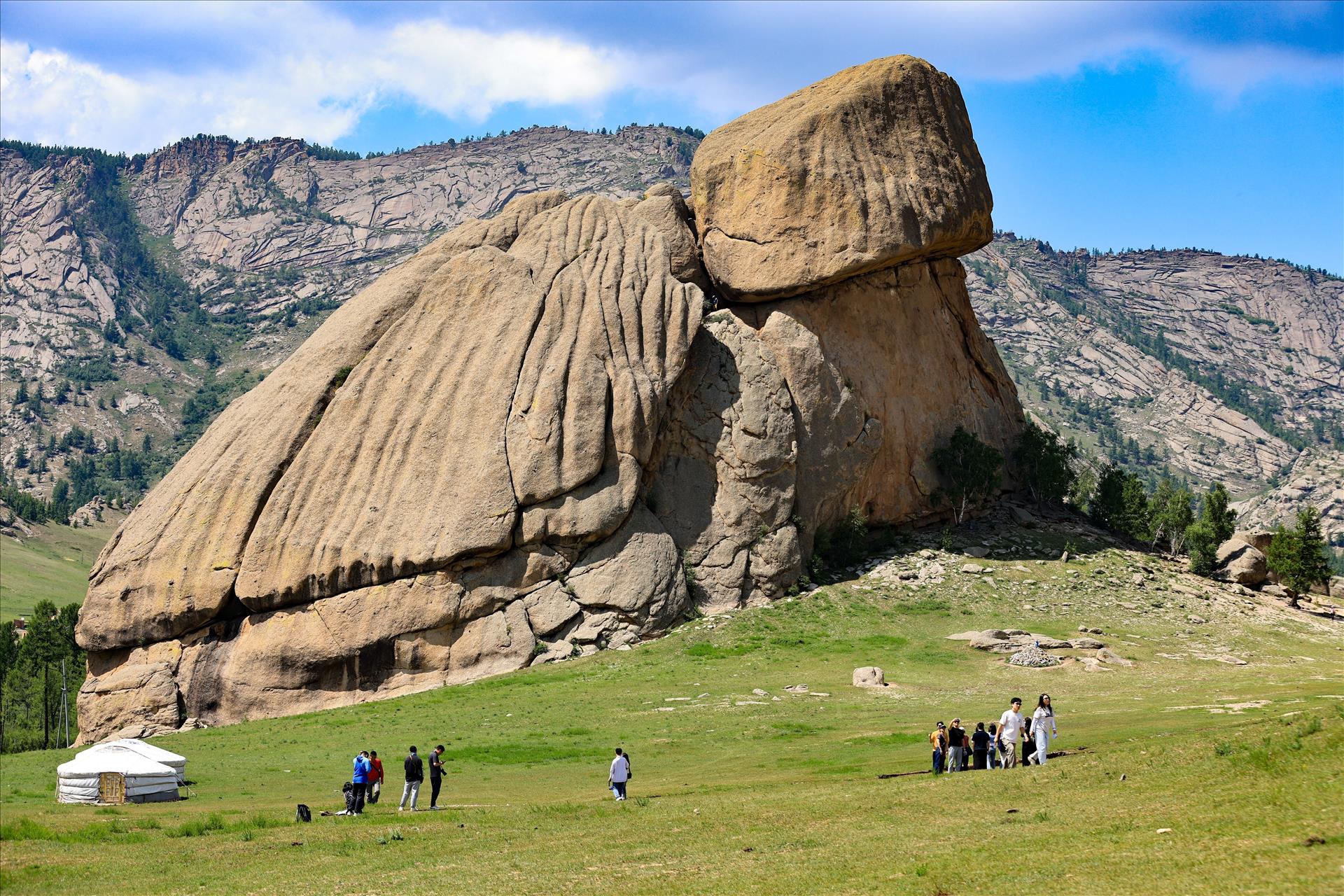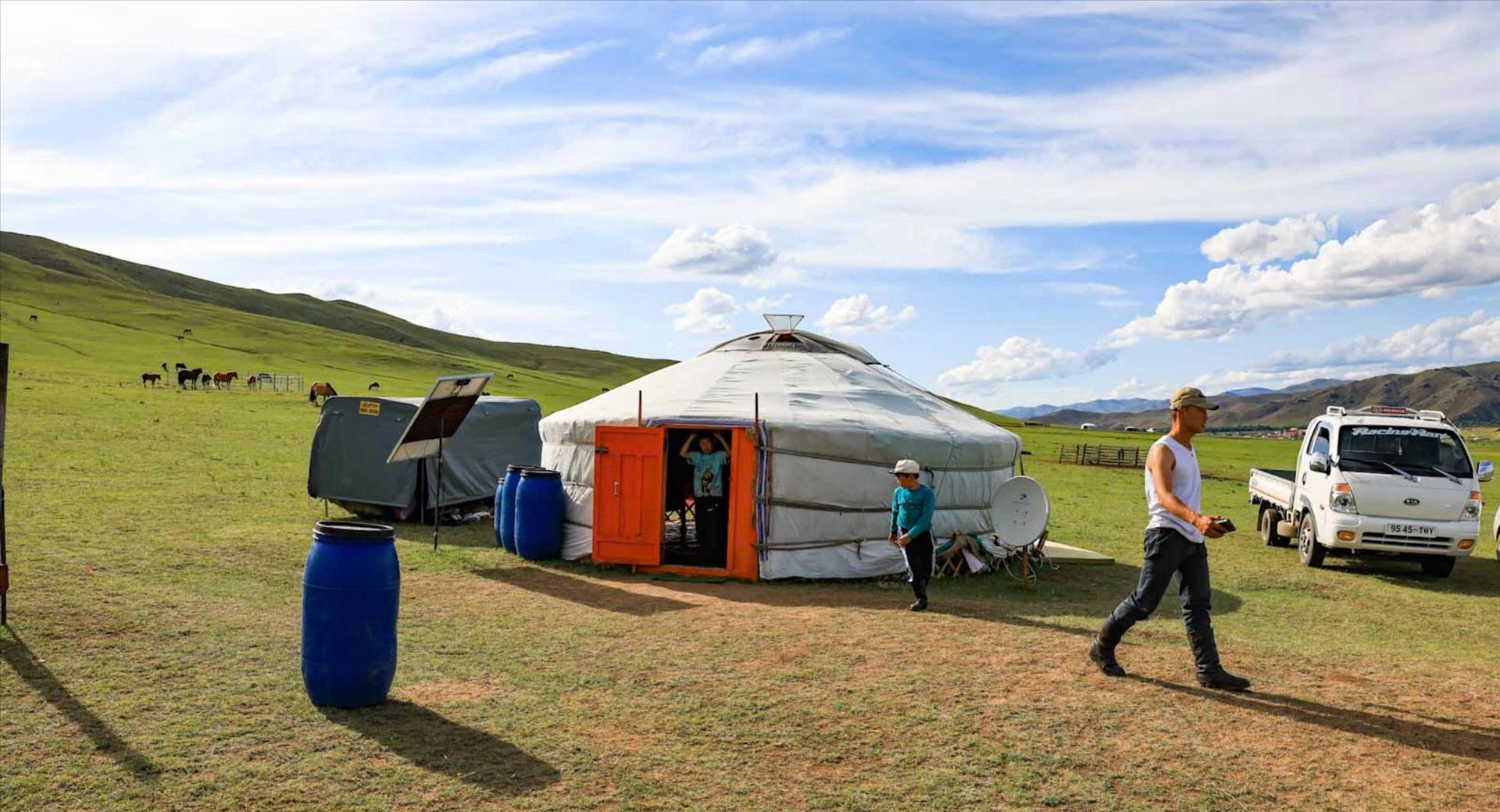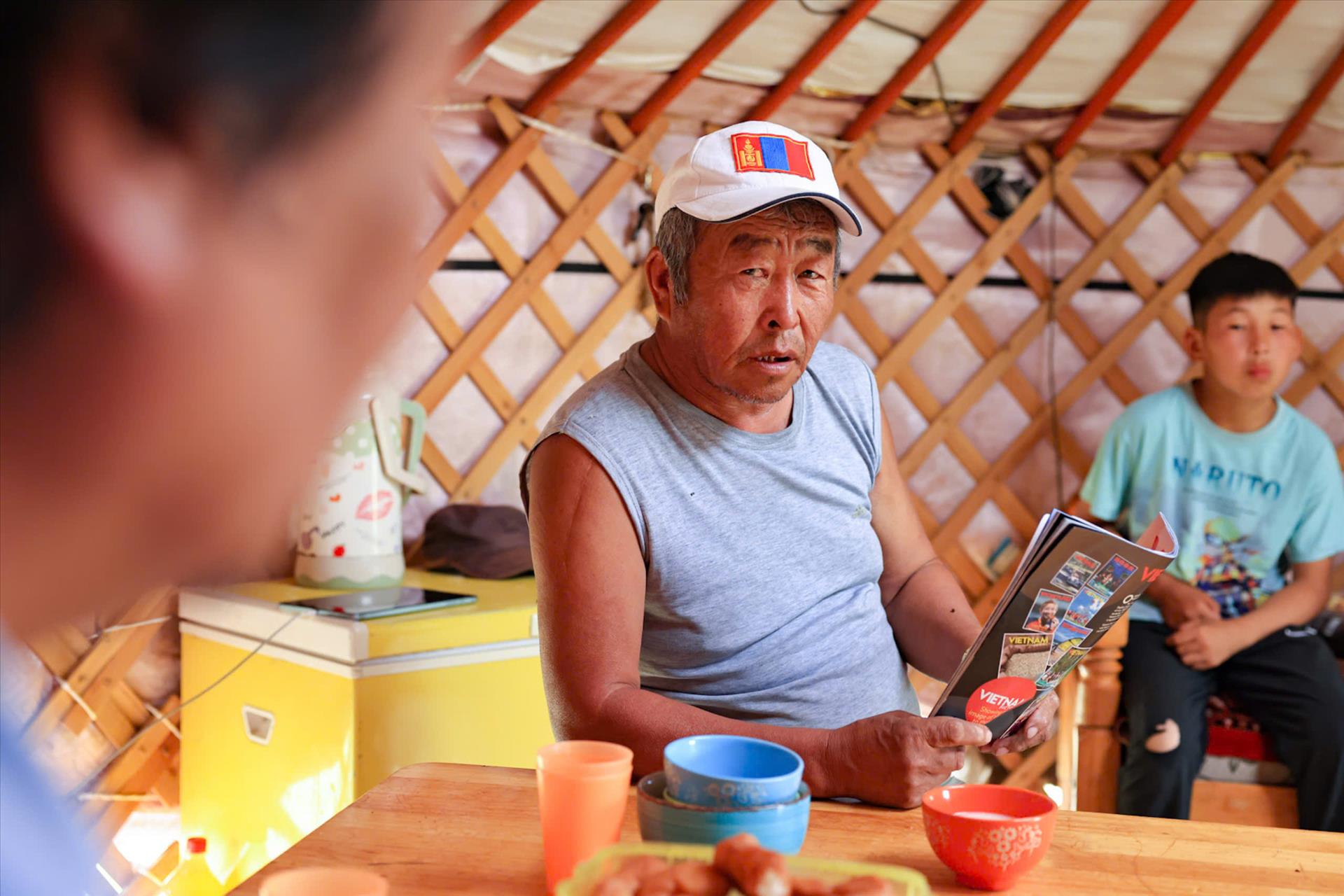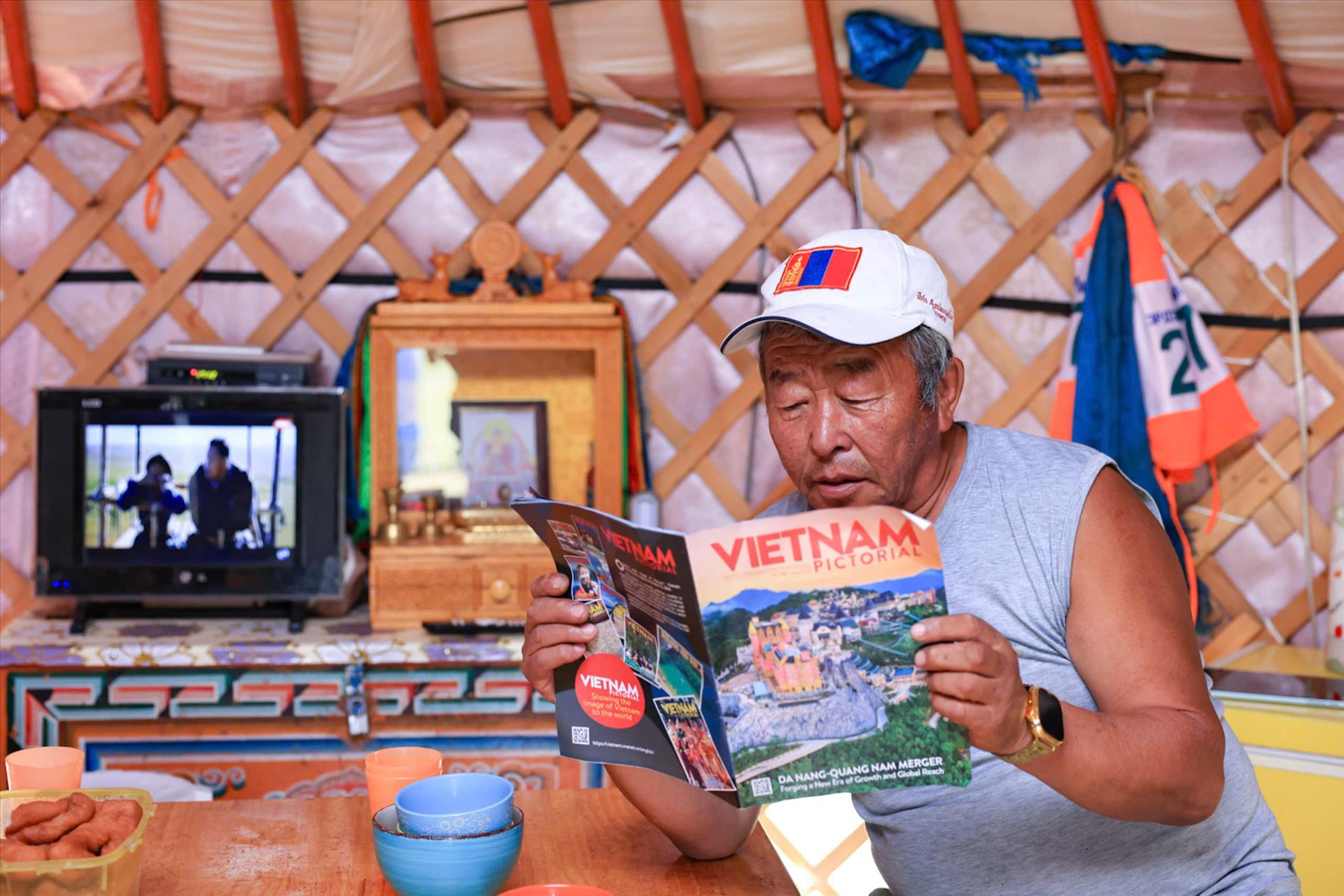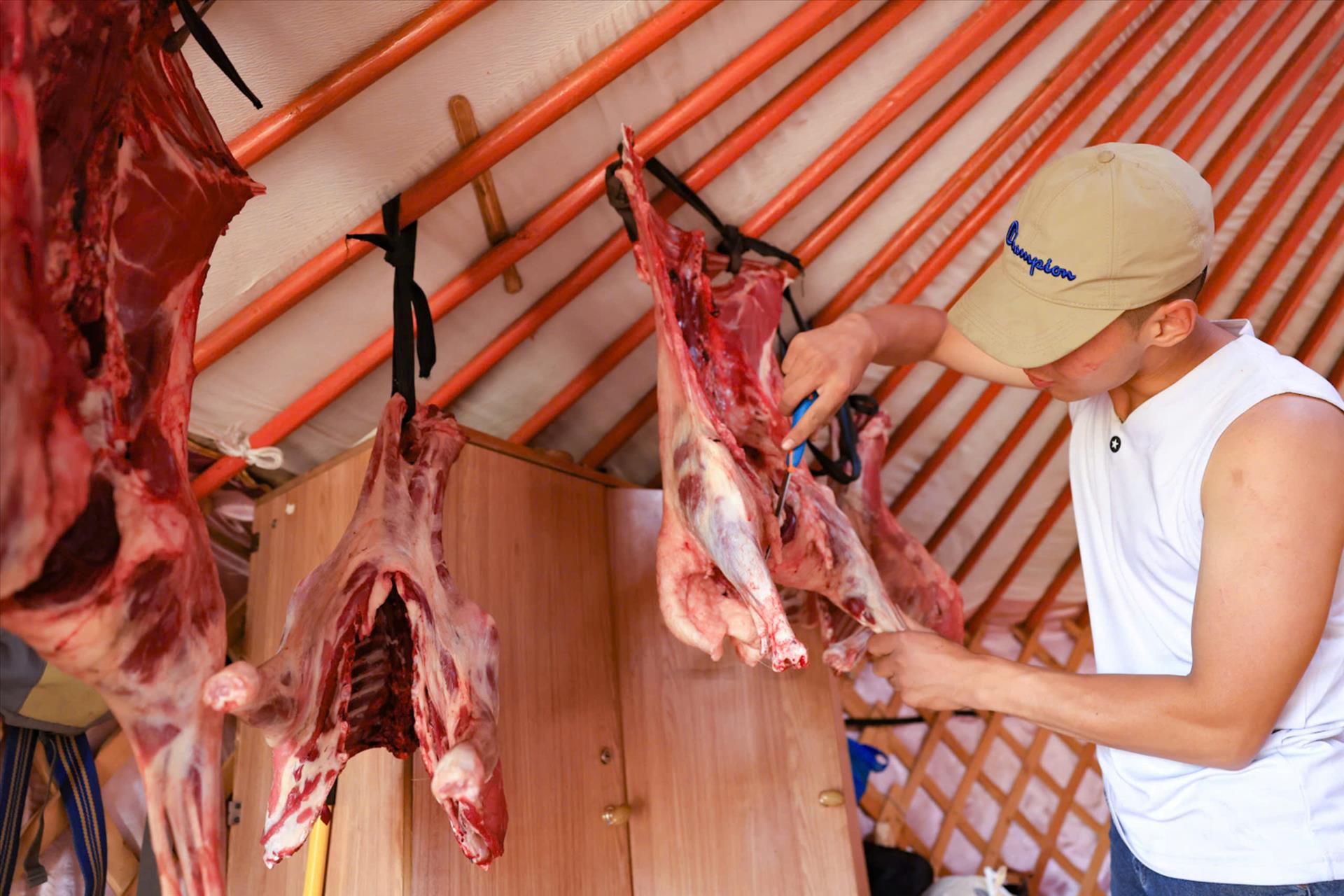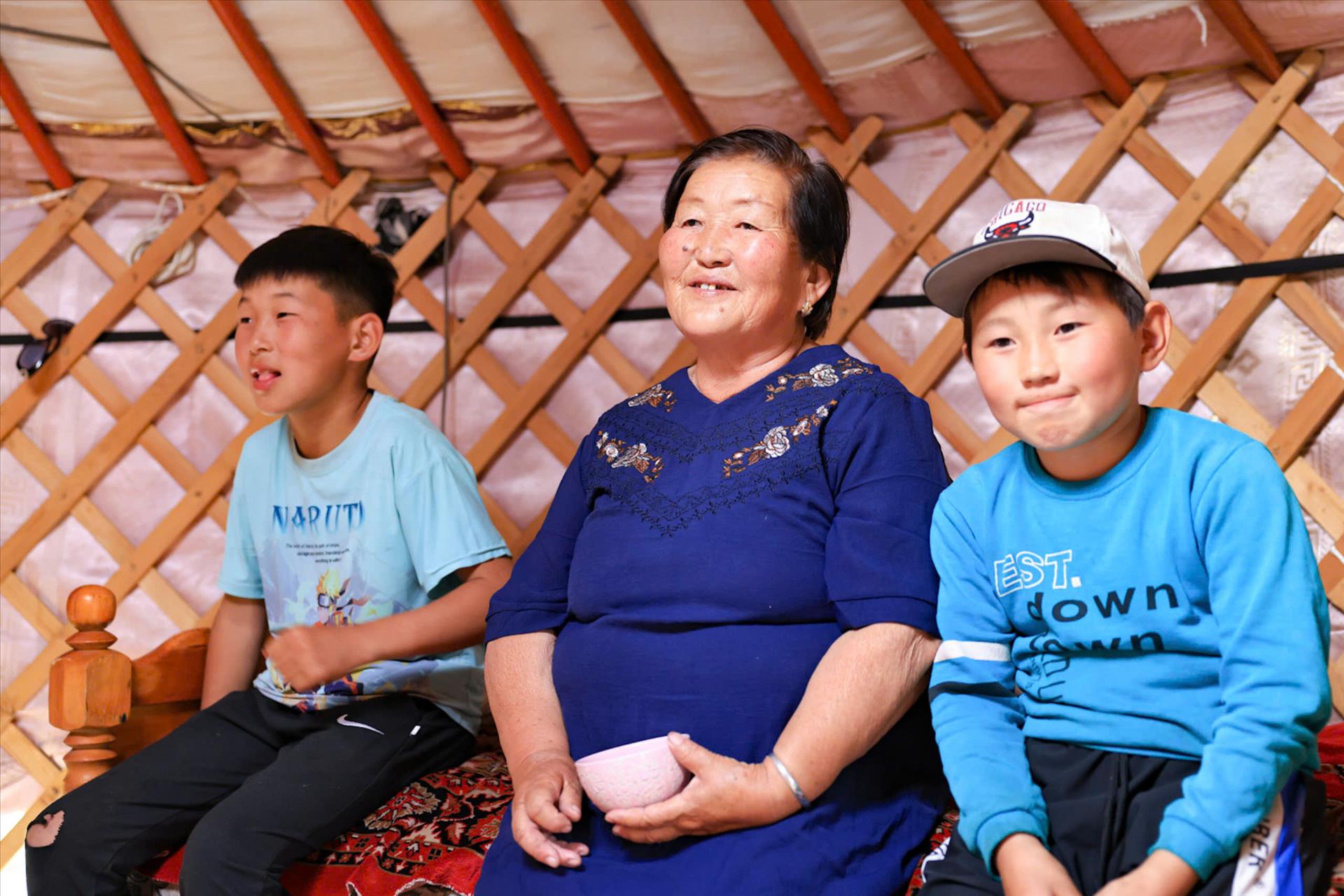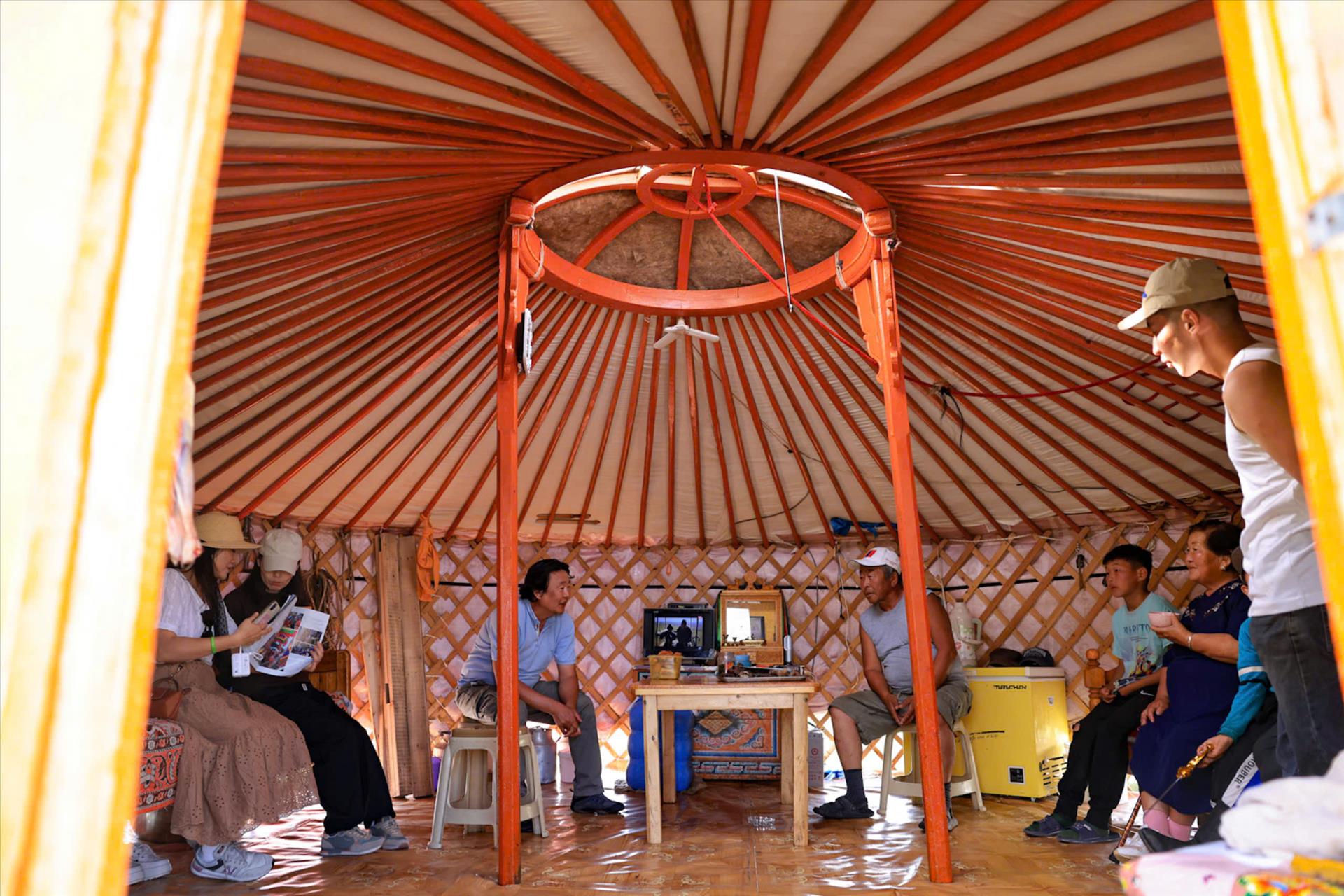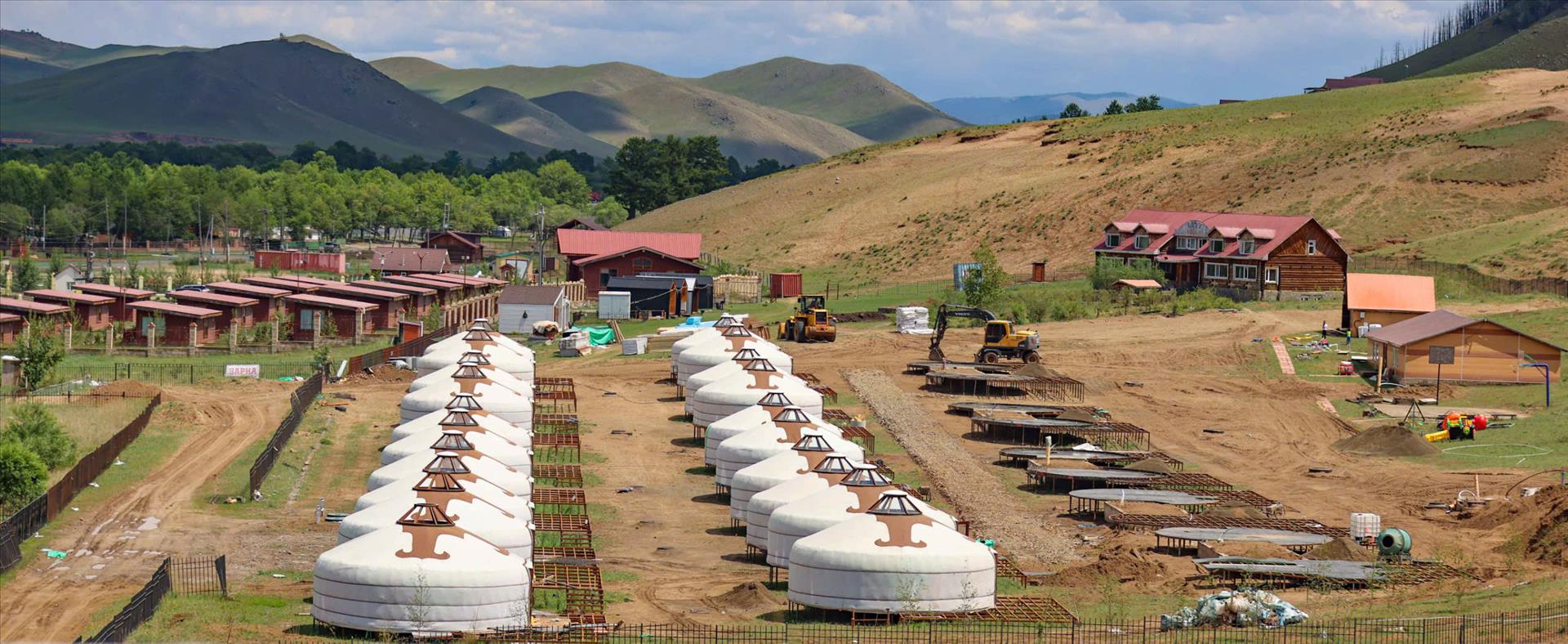A Vietnamese Lens on Mongolia: Experiencing the Heart of Ger Life
As Vietnamese correspondents, our recent trip to Ulaanbaatar, Mongolia, was an immersion into a landscape brimming with unique natural beauty and profound cultural heritage. Our main destination was Gorkhi Terelj National Park, a place we approached with immense anticipation, eager to witness its extraordinary rock formations and magnificent alpine scenery.
As our car rolled into the Terelj area, the vast steppe unfolded before us like a living tapestry, each turn revealing more of Mongolia's grandeur. Most prominently, the turtle-shaped rock, a unique natural wonder, stood as a symbol of Gorkhi Terelj National Park.
One of the most memorable highlights of our journey was the opportunity to step inside a ger (Mongolian traditional tent). This portable circular dwelling has been the primary home for nomadic communities here for millennia. Our friendly driver and guide, Ulzii Zandraa, openly shared his childhood memories of living in a ger. The warm hospitality of the Mongolian nomads left a profound impression on us.
They warmly invited us to enjoy traditional bread and sample airag (fermented mare's milk), characteristic foods and drinks of nomadic life. We also witnessed sheep meat being hung for meals, an important part of their daily sustenance, offering a true glimpse into the traditional food sources of the Mongolian people.
This intimate encounter, along with the stories from our driver Ulzii Zandraa, vividly portrayed nomadic life: not just a means of survival but also a cultural heritage passed down through generations. This demonstrates the incredible resilience and adaptability of people facing harsh natural conditions. The ger is not merely a physical house but a living symbol of endurance, self-sufficiency, and strong community ties, forming the enduring cultural identity of Mongolia.
Structure of the Ger
To better understand this unique dwelling, we delved into its structure and significance. The ger stands out with its distinctive circular structure, providing stability and effective resistance against strong winds and storms. The frame of the ger is made from lightweight yet sturdy wooden poles, crisscrossed and tightly bound with leather or fabric ropes. A central column and radial rafters support the roof, all designed for easy assembly, disassembly, and transportation.
The outer covering typically consists of multiple layers, most commonly thick felt wool made from sheep's wool, which offers excellent insulation, keeping it warm in winter and cool in summer. A small opening at the apex of the roof, called a "toono" (skylight), not only provides light but also allows smoke from the central stove to escape, which is crucial for life inside the ger.
Inside the ger, the arrangement of furnishings adheres to strict traditional rules, reflecting the Mongolian's belief system and social order. The entrance usually faces south. The northern section is the most sacred area, reserved for the ancestral altar and religious items. The western half is generally designated for men and items related to hunting and herding. The eastern half is for women and household items. The central area is where the stove is placed, serving as the "heart of the home," symbolizing life and warmth. Every corner of the ger carries a distinct meaning, representing the harmony between humans and the universe.
The Ger in the 21st Century
Although nomadic life has undergone significant changes in the 21st century, the ger continues to hold a vital place in the lives of Mongolians. Millions still live in traditional gers, especially in rural areas. Additionally, gers are now utilized in eco-tourism, forming unique resorts that offer authentic cultural experiences for visitors. The ger has even inspired modern sustainable architecture, with principles of mobility, energy efficiency, and integration with nature.
In a constantly changing world, the ger stands resilient, serving as a reminder of the value of sustainability and the deep connection between humans and their roots./.
By Hong Hanh/VNP
